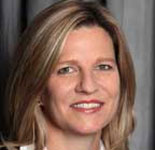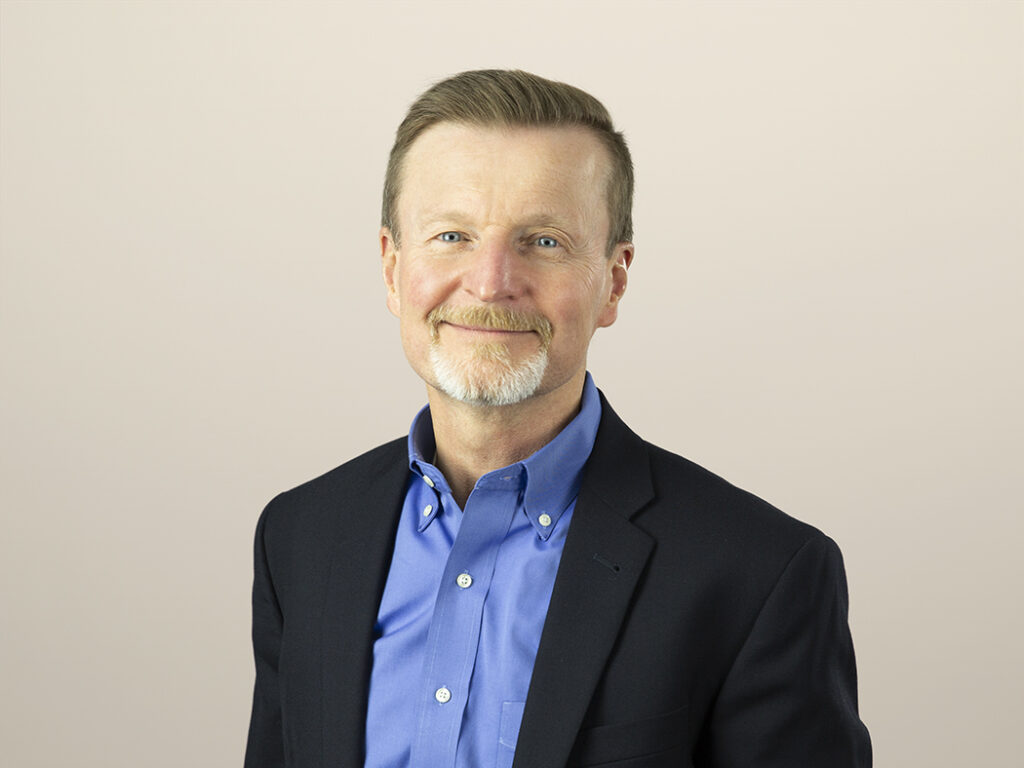CX Q&A With Nancy Clark, Senior Vice President — Operational Excellence, Verizon
There’s a good chance that you’re a Verizon customer. I am; I get my cable TV, Internet access, and home phone service from it.
All in all, there are 130 million of us Verizon customers — and that’s a daunting challenge for Verizon. How do you — how can you — create a high-quality, consistent customer experience for all those people when they’re buying and using such diverse products?
The answer: business process discipline. And that’s why we invited Nancy Clark to speak at Forrester’s Forum For Customer Experience Professionals East, 2014. Nancy is Verizon’s senior vice president, operational excellence, a business process maven, and the sharp point of the spear for the company’s customer experience improvement initiative.
Nancy was kind enough to answer a few of our questions about what she’s doing. Read on for insight into how Verizon rose in every category of our Customer Experience Index that it’s in this year.
Those of you who’ll be with us in New York on Tuesday, June 24, can hear even more from Nancy. I hope to see you there!

Q: When did your company first begin focusing on customer experience? Why?
A: Verizon’s history dates back more than a century in some parts of our business. Like all good companies, we’ve always had a philosophy of putting the customer first. At the heart of this is a shared credo — our aspirational statement about who we are as a company. It fits on one page, but the word “customer” appears 10 times, and the first line is, “We have work because our customers value what we do.”
Our goal is to focus outward on the customer, not inward, and make it easier to do business with us. Like every company in the digital world, we’ve had to rethink how to fulfill these obligations and make “customers first” more than a slogan.
Our scale and scope make this a particular challenge. With more than 130 million retail customers, we need to execute on our customer promise literally millions of times a day. To achieve change at this scale, we need a shared vocabulary and a common set of tools that work across all employees, customers, geographies, and business models.
Luckily for us, we’re a company with an engineering mindset and a long history of deploying networks, products, and systems on a huge scale. So we’ve been tackling this issue in the same problem-solving, data-driven spirit that we bring to building networks.
Q: How do you determine what aspects of the customer experience you must try to excel at?
A: The first question for us has always been, “What do customers want?” But there’s no easy answer to this, especially as customer desires change over time. Due to the sheer volume of customer touchpoints and inputs we have, we have no shortage of data to work with. The goal is gleaning intelligence from this data — coming up with a good way to collect the data, sift through it, and figure out what’s really important for us to act on.
We’ve had to figure out how to listen smarter. Starting about two and a half years ago, we began to implement our voice of the customer initiative.
We established a center of excellence at the corporate level. We streamlined multiple processes and systems to collect input from all our customer touchpoints, market analytics, and social media. And we set up a network operations center called Verizon Central Insights — a one-stop shop for aggregating customer insights and making them visible to decision-makers.
This has been a whole new way to look at marketplace information and make faster, smarter decisions. We now have a way to take what can sound like chaos . . . filter out the noise so we can hear what customers really care about . . . and turn it into intelligence our people can use to solve problems.
Q: How do you measure the success of your customer experience improvement efforts (e.g., higher customer satisfaction, increased revenue, lower costs)? And have you seen progress over time?
A: Our voice of the customer initiative helps us zero in on the pain points that drive customer dissatisfaction, and by using the tools we’ve learned through Verizon Lean Six Sigma, we can mobilize the organization to address them.
Here’s an example.
Through our retail stores, we sell millions of wireless devices, most of them smartphones. All too often, customers were returning their phones thinking they were defective and asking for a replacement device — at rates that were much higher than we were accustomed to back in the days of the simple flip phone. Keep in mind, this was happening at more than 1,700 Verizon Wireless stores across the country, every day. This was a huge pain for customers . . . a huge frustration for employees . . . and a huge expense for Verizon.
Using voice of the customer, we spent many hours listening to and analyzing customer calls to find out what customers were reporting was wrong with their device. Then we had our engineers try to replicate the problems in our centralized testing labs.
We found that the issues fell into two categories: First, there were device problems, so we set up Verizon Lean Six Sigma process-improvement projects to work with device manufacturers to engineer the hardware and software problems out of the devices. Second, there were training and education problems. Neither our reps nor our customers fully understood what to expect from the new generation of smartphones. So we also set up process-improvement projects to better train our service personnel, so they in turn could better educate our customers.
All in all, we had more than 20 separate process-improvement projects to continually fine-tune the issues we had uncovered. As a result, even with huge increases in our customer base, in device complexity, and in customer reliance on cell phones, the number of phones we have had to replace has decreased by almost 70% since 2009.
